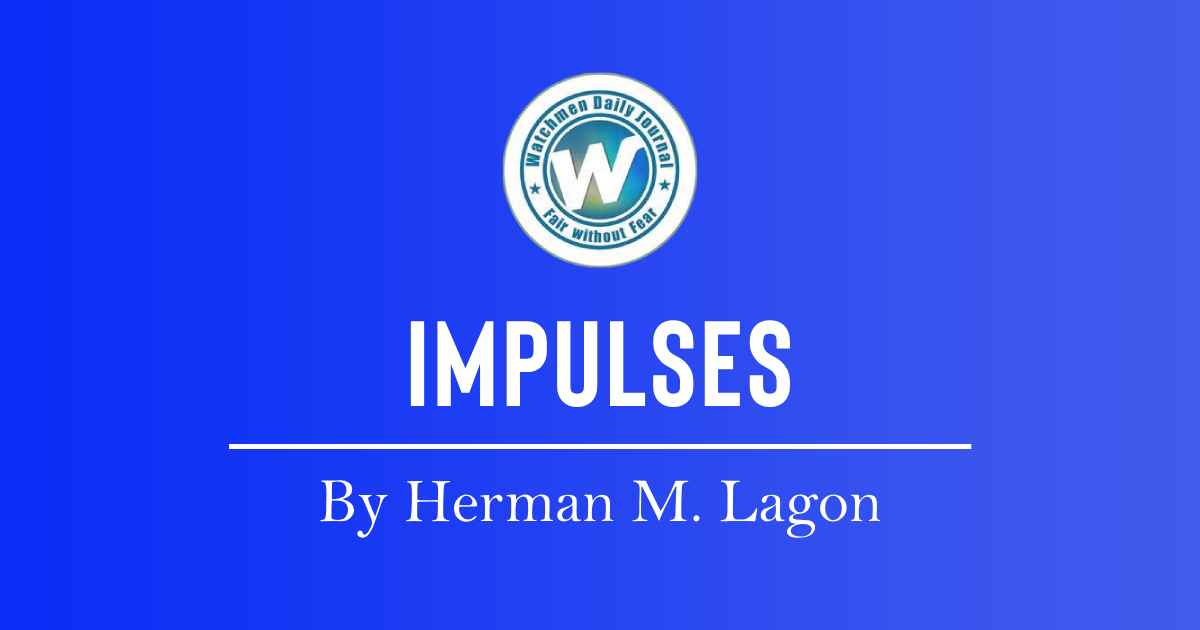
By Herman M. Lagon
February commemorates the Evelio Javier assassination (February 11) and the People Power Revolution (February 26 to 25), which changed Filipino history. Many rebelled against Marcos after Javier’s 1983 assassination. The People Power Revolution ended Ferdinand Marcos, Sr.’s rule in February 1986 by showing unity power. The years of martial law and these events show the ongoing fight for justice and freedom.
Some words have been etched into Filipino consciousness as painful, fearful and rebellious. Many Filipinos who lived through martial law remember suppression, oppression and repression, which may sound like textbook terms. These concepts are not just academic but represent lives torn apart, dreams shattered and identities silenced. The Marcos government went beyond suppressing protests and oppressing certain groups to wage a war on physical and psychological freedom. Though distinct, these three terms converged during that period to depict an authoritarian regime that sought to control bodies and minds, erasing history as it rewrote it.
Martial law repression was cruel. The term conjures images of silenced voices, closed newspapers and military aggression against protestors. Suppressing means ending something violently. The Marcos regime allowed dissent, questioning and assembly. Journalists were detained without trial, editors and writers who published critical views were imprisoned, and truth-full publications were shut down. Students, journalists, labor leaders, and everyday Filipinos fought for survival and their right to speak out. The government sought to suppress all protests, whether through marches, letters or writing. Being caught in the suppression gears during those years meant your voice would never be heard again.
Oppression, on the other hand, involved institutionalized power abuse against state enemies. Systematic, unwavering and complete. Oppression was deeply ingrained in the so-called “New Society,” unlike suppression, which is more transient. From indigenous peoples to students, thousands of Filipinos were arbitrarily arrested, tortured, disappeared, and killed. The regime relentlessly pursued those who resisted or threatened it. Even as the world watched, many Filipinos lived in fear, knowing that their freedoms could be taken away, and their lives disrupted by forces they could neither understand nor fight. Many lost loved ones, were tortured or, worse, for speaking out against an unjust regime during this time. Macli-ing Dulag, a tribal leader killed for opposing the Chico River dam project, and Lorena Barros, a bright student activist, represent the widespread oppression of those years. The deaths erased entire communities’ rights to exist freely.
What about repression? The most pernicious of the three, it works psychologically but is hard to measure. The psychological weight of trauma forces people to push away memories of pain and fear, quieting the soul. Repression under martial law meant convincing a nation that the horrors they had endured were unworthy of memory. Perhaps through forced silence, fear or propaganda, the government wanted Filipinos to forget what happened. Violence survivors were often forced to hide their wounds for fear of retaliation. It is no surprise that martial law’s repression still haunts families generations later, often in hidden ways. Many chose to forget their loved ones, their fears and the violence they witnessed, while others tried to rebuild a broken society.
Martial law may seem like a distant memory to those who have not experienced it. Many families pass on their pain through muted or ignored stories and memories. We cannot discuss these injustices without acknowledging how suppression, oppression and repression shape our history and identity. How do we learn from injustices if we’re afraid to look back? How do we progress if we never acknowledge our past wounds? This dark period of history teaches us personal and academic lessons. It concedes that Filipinos fought for freedom in their minds and hearts and on the streets.
Suppression, oppression and repression during martial law demonstrate how they can cripple a society. Suppression was used to silence dissent, oppression to subjugate enemies, and repression to erase its crimes. These terms shaped a brutal and violent era but also shaped a resistance that would later rise and give birth to the 1986 People Power Revolution, a new chapter of hope. After martial law, the Filipino spirit — resilient, courageous and determined — can never be extinguished, even though suppression, oppression and repression may last.
Today, how far have we come since martial law? Still in cycles of suppression, oppression and repression? How many still have their voices, bodies and memories of injustice silenced? Despite the fall of Marcos Sr., silencing, controlling and erasing continue. Those who want to rewrite history still threaten activists, harass journalists and hide the truth. The fight for truth, justice and memory continues.
We must remember those who fought for freedom, suffered in silence and were lost in history. We must confront the legacies of suppression, oppression and repression in our daily lives, conversations and social actions, not just in textbooks. Only then can we say we learned from the past and are truly free as a nation.
The lesson is clear: Justice is about preventing future wrongs, not just righting past wrongs. “Never Again” must be a commitment to remembering, resisting and reclaiming our freedoms.
***
Doc H fondly describes himself as a “student of and for life” who, like many others, aspires to a life-giving and why-driven world grounded in social justice and the pursuit of happiness. His views do not necessarily reflect those of the institutions he is employed or connected with./WDJ

